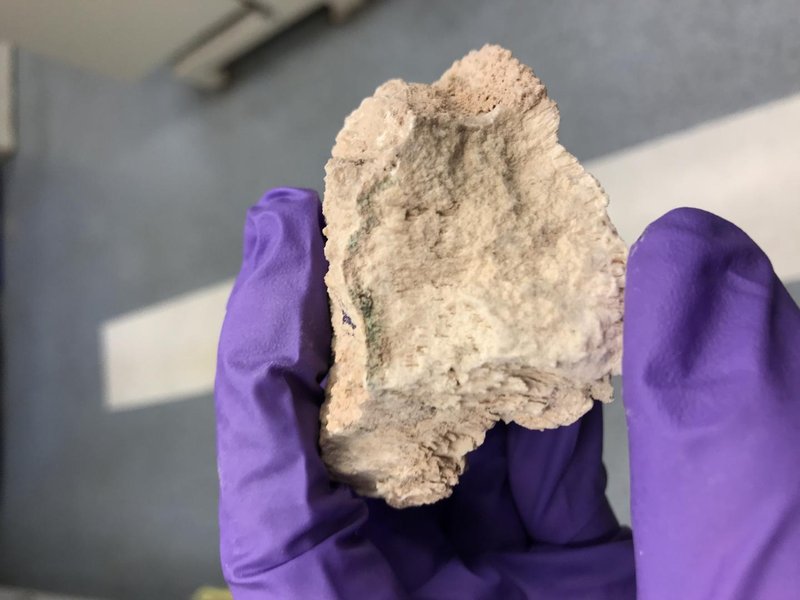
Imagine trying to find food on a mountainside while the wind whips at your face. It’s tough, right? But argalis, also known as Marco Polo sheep, have developed special traits that help them survive in places where few others can. From their thick coats to their remarkable climbing abilities, these sheep have a few tricks up their sleeves. Let’s dive into how argalis manage to not just survive, but thrive in the wildest of landscapes.
Natural Habitat: The Rugged Terrain
Argalis inhabit some of the most challenging environments on the planet. You’ll find them roaming the high mountain ranges of Central Asia, particularly in the Tian Shan and Himalayas. These areas are not just cold and windy; they are also rocky and steep. Think of a steep cliff where every step requires careful planning. That’s a daily reality for argalis.
Their natural habitat includes rocky outcrops and high-altitude meadows filled with herbaceous plants. This unique ecosystem is crucial for their survival. The argalis depend on these plants for food, especially during the short summer months when vegetation flourishes. The tricky part? During winter, the snow covers these food sources, making it hard for the sheep to forage.
To adapt, argalis have developed a keen sense of spatial awareness and agility. They can navigate steep cliffs to find hidden patches of grass and other vegetation. It’s almost like having a built-in GPS system that helps them locate food even when it’s buried under snow.
Physical Adaptations: Tools for Survival
Argalis are equipped with some impressive physical traits that help them face their harsh environments. One of the most notable features is their thick woolly coat. This coat not only keeps them warm during freezing temperatures but also aids in shedding water when it rains. Think of it like wearing a built-in raincoat!
Moreover, their hooves are uniquely structured. They have a rough, concave shape that allows them to grip rocky surfaces effectively. This is crucial for climbing and avoiding predators. When you see an argali deftly jumping from rock to rock, it’s nothing short of impressive.
Another remarkable feature is their large size. Adult argalis can weigh up to 100 kg (220 lbs) and stand around 90-100 cm (35-39 in) at the shoulder. This size helps them deter predators. It’s easier for a big animal to put up a fight than for a smaller one. So while they may look like gentle giants, they can definitely hold their own!
Social Structure: Staying Together for Success
Argalis are social animals that often form herds. You might wonder, why is this important? Well, living in groups helps them spot danger more easily. When one sheep senses a threat, like a hungry wolf, it can alert the others, ensuring everyone has time to flee to safety.
The herds typically consist of females and their young, while mature males often roam alone or in smaller bachelor groups. During breeding season, males will join the females, showcasing their strength and charm. Their impressive horns, which can curl beautifully, are not just for show; they help males compete for mates.
By maintaining these close social bonds, argalis enhance their chances of survival. They can protect one another and teach the younger sheep where to find food and shelter, passing down important survival knowledge.
Diet: What Keeps Them Going
Argalis are herbivores, which means they primarily eat plants. Their diet varies by season, but it usually consists of grass, herbs, and shrubs. During the warmer months, when food is more abundant, they take full advantage of the high-altitude meadows.
Here’s the catch—during winter, the snow covers their usual forage, forcing them to adapt their feeding habits. They often dig through snow to reach buried vegetation, and sometimes they’ll even strip bark from trees. This behavior helps them survive when other food sources are scarce.
You might be surprised to learn that argalis are also quite picky eaters. They often choose nutrient-rich plants that help them maintain their energy levels. They need this energy to navigate their challenging environment and stay safe from predators.
Predators: The Constant Threat
In the wild, survival isn’t just about finding food and shelter; it’s also about avoiding becoming someone else’s meal. Argalis face threats from various predators, including wolves and snow leopards. These predators are incredibly skilled hunters, and the argalis must be constantly alert.
To protect themselves, argalis rely on their speed and agility. They can sprint over rocky terrain at impressive speeds, darting away from danger with remarkable finesse. Furthermore, their coloring helps them blend into the rocky backgrounds, making it harder for predators to spot them.
In a way, it’s like a game of hide and seek. The argali’s natural camouflage and swift movements give them the upper hand in evading predators most of the time. But if a predator gets too close, their social structure becomes vital. The herd will band together, using their size and numbers to intimidate and fend off threats.
Conservation: Protecting the Argalis
Despite their incredible adaptations, argalis face numerous threats from human activity, including hunting and habitat loss. In some regions, they are hunted for their horns and meat, which can lead to a decrease in their population. It’s a sobering reality, especially since these animals play a crucial role in their ecosystem.
Conservation efforts are essential to help protect argalis and their habitats. Organizations are working to establish protected areas and promote sustainable practices among local communities. The goal is to ensure these enchanting creatures can continue to thrive in their rugged homes for generations to come.
Here’s the thing: by protecting argalis, we’re also safeguarding the biodiversity of high-altitude ecosystems. Healthy populations of these sheep can help maintain the balance of their habitats, which benefits many other species as well.
Argalis are a true testament to nature’s resilience. From their thick coats and impressive agility to their keen social bonds, these wild sheep have adapted beautifully to survive in some of the harshest environments. It’s inspiring to think about how they navigate such challenging conditions, constantly evolving and adapting.
As we learn more about these remarkable creatures, it’s crucial to support conservation efforts to protect them. Every small action counts. Whether it’s spreading awareness or supporting preservation initiatives, we can all play a part in ensuring that the argalis continue to thrive in their majestic mountain homes. The next time you think about survival in the wild, remember the argalis and their incredible journey through life.

